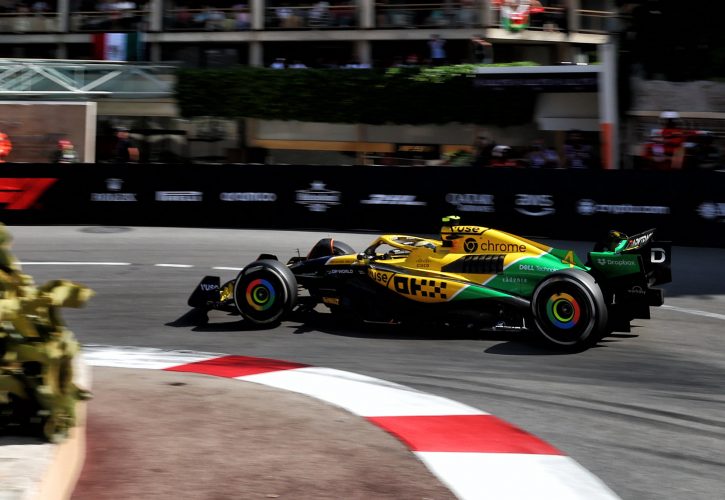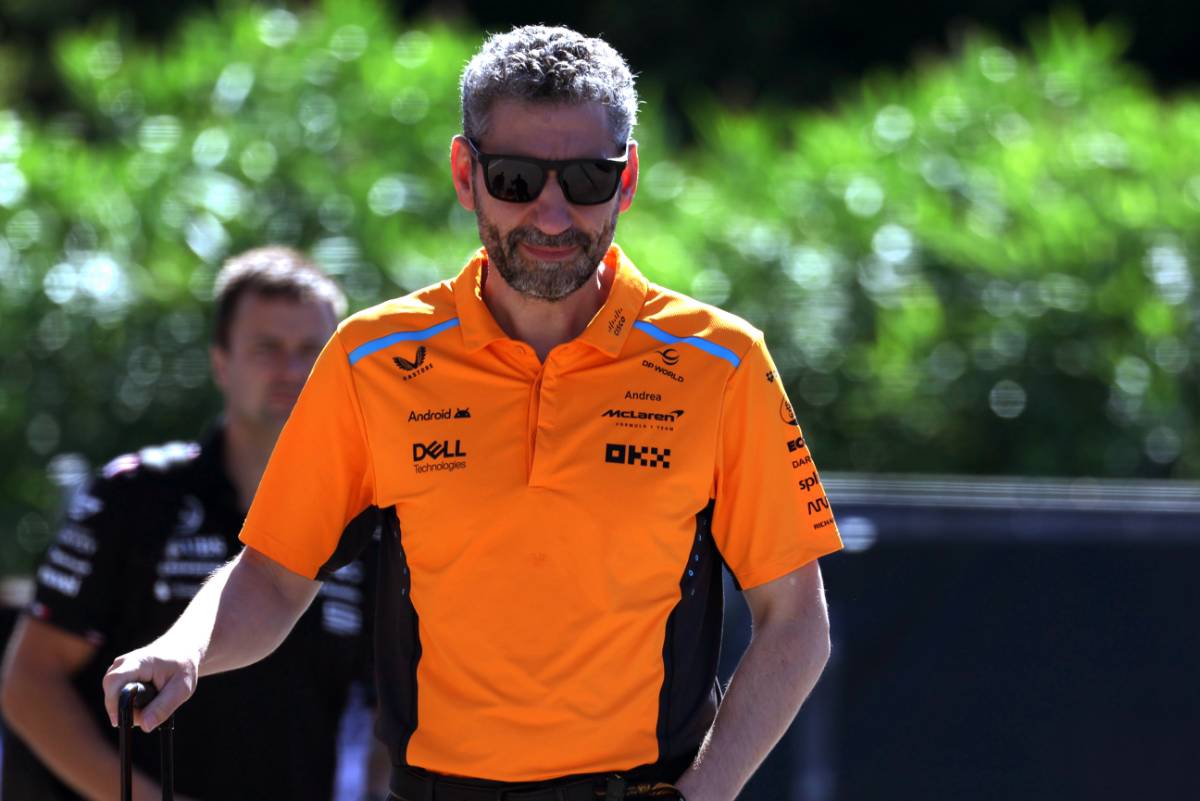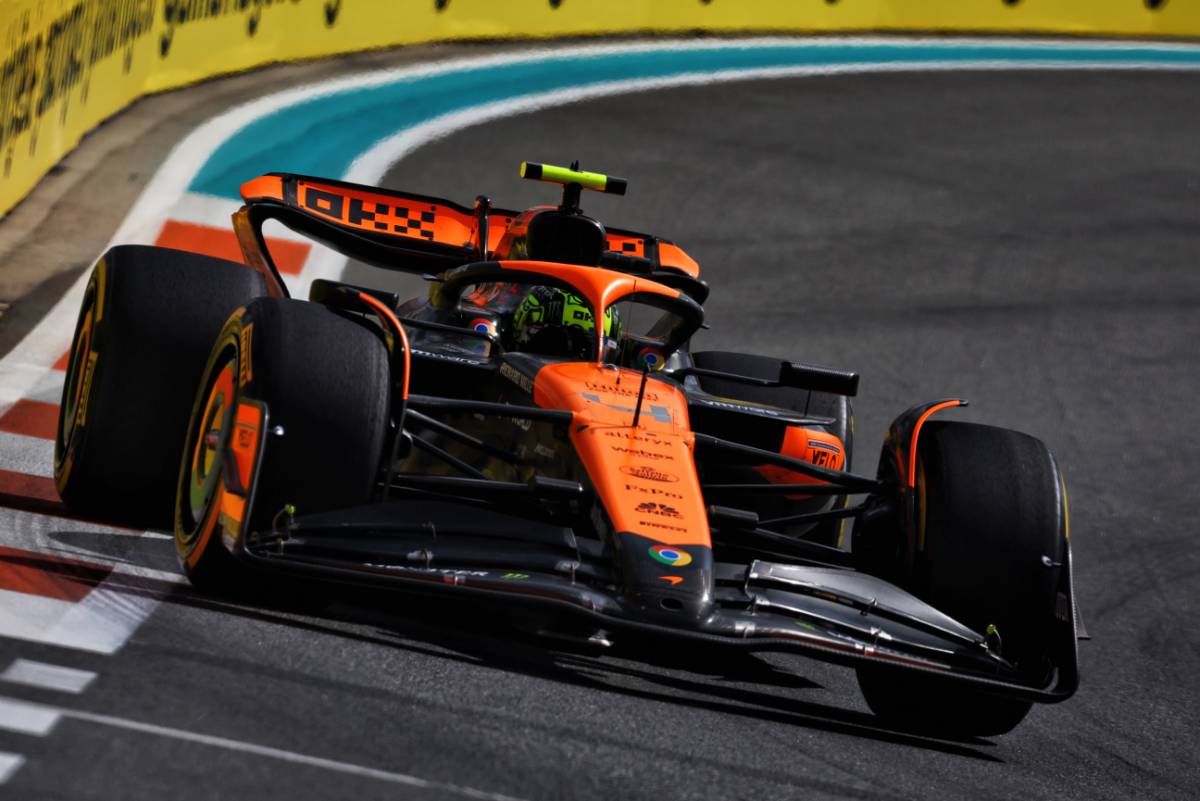
Andrea Stella believes there are solid signs, based on recent races, that McLaren has addressed its car’s low-speed weakness, but the Canadian Grand Prix provides another big test for team papaya.
McLaren showcased undeniable progress during its 2023 campaign. However, its MCL60 remained a “peaky” performer, excelling on high-speed tracks but struggling in slower-speed corners.
McLaren’s tale of two speeds extended into 2024 as its MCL38 continued to fall short of top contenders Red Bull and Ferrari in terms of its slow-speed handling.
But the introduction of a significant upgrade package in Miami, and Lando Norris’ subsequent win in Florida, coupled with the team’s strong performances at Imola and Monaco, appear to signify that a turning point has been reached by McLaren.
"It looks like the car we took to Miami behaves well in low speed, almost beyond what was our expectation," Stella said.
"Miami is dominated by low speed. And if anything in Monaco, the sector where we struggled the most was the first sector, a medium- to high-speed sector.
"So, it looks like the picture of our competitiveness is starting to finally change, where low speed doesn't appear anymore like a clear weakness."
While McLaren now has a well-rounded car at its disposal, this weekend’s race in Montreal will provide the team with a more definitive test of its car’s compliance.
The Circuit Gilles Villeneuve will throws everything McLaren used to struggle with into the mix. The numerous chicanes and long hairpins demand strong low-speed performance, the very area where McLaren previously faltered.

McLaren team principal Andrea Stella.
Additionally, the long straights necessitate efficient drag reduction, another crucial factor. Unlike high-downforce, high-speed corners where raw power might help compensate, Canada offers limited opportunities for McLaren to make up for any remaining weaknesses.
Stella reckons that McLaren still has work to do, particularly when it comes to handling kerbs and bumps, even with the circuit's recent resurfacing.
"We are not entirely satisfied with the behavior on kerbs, on bumps," he said.
"It will require some more fundamental development rather than simply adaptation of what we have available now in the car," Stella explained.
"Clearly we play with set-up, but we don’t seem to be able to achieve the same ride and kerbing performance that we see, qualitatively, on some other cars.
“And our drivers are pretty vocal that some other cars seem to be able to ride kerbs with more confidence."

In the grand scheme of its car’s development, Stella remains confident that McLaren hasn't compromised their high-downforce capabilities in their quest for better low-speed performance.
Again, the upcoming races in Barcelona and Spielberg will offer a strong opportunity to validate McLaren’s development philosophy.
"It’s an objective of our development to make sure that we don’t compromise some strengths of the car because we’re chasing some other features," added Stella.
"This isn’t possible all the time but ultimately this is part of the quality of the development that each team carries out."
Keep up to date with all the F1 news via Facebook and Twitter






